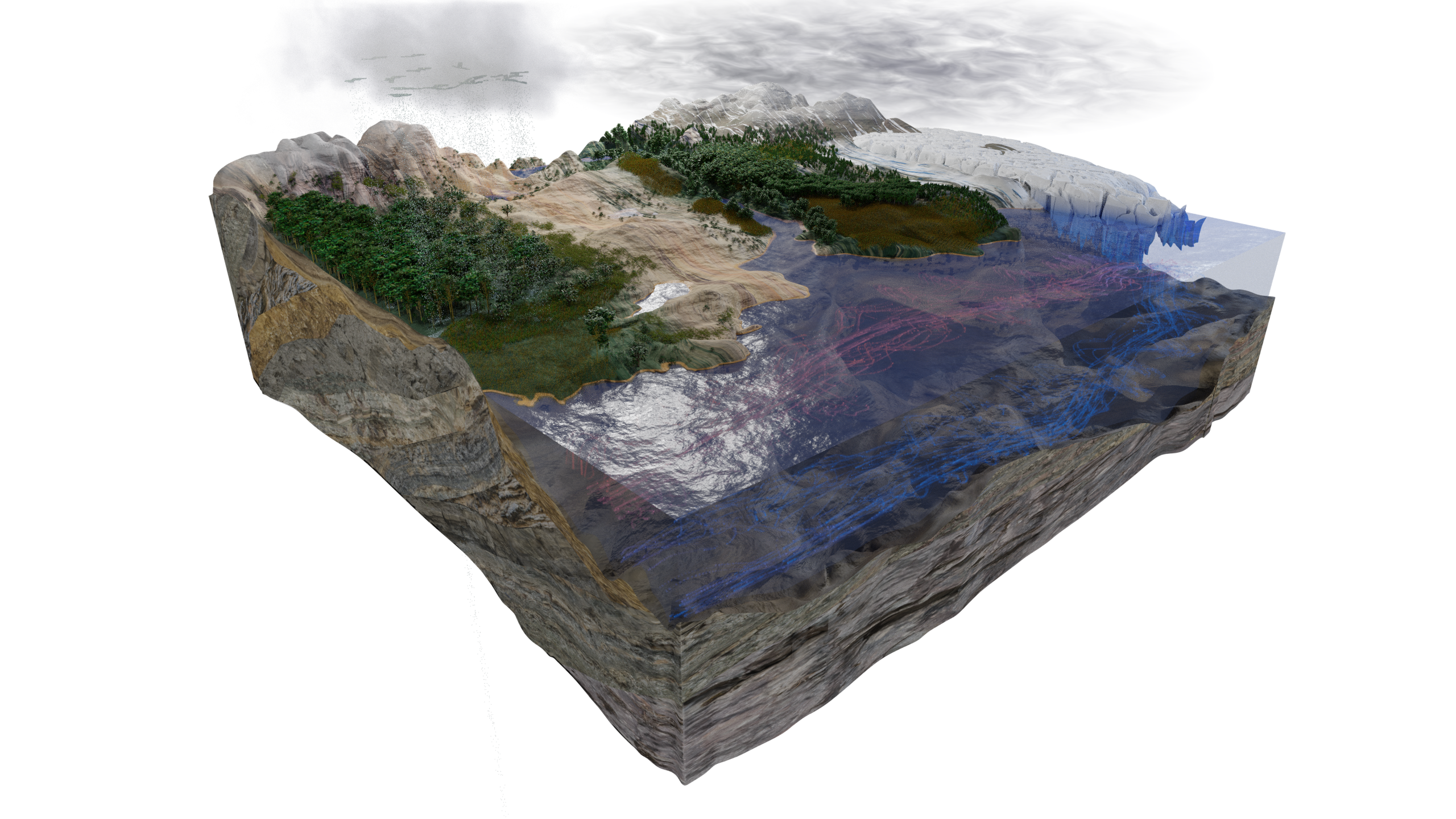Main research interests:
|
© Boris Sakschewski |
My work at PIK:
I am currently working within the Earth Commission, a group of leading scientists aiming at quantifying the safe and just corridor of global change for humanity.
I was involved in two international and interdisciplinary projects: ROBIN (Role of Biodiversity in Climate Change Mitigation) & CLIMAX (Climate Services Through Knowledge Co-Production: A Euro-South American Initiative for Strengthening Societal Adaptation Response to Extreme Events). Within these projects me and colleagues from numerous institutions of Europe, Middle- and South America aimed at understanding the role of biodiversity for the carbon and water cycle by integrating empirical findings and computer models. This pioneering and fundamental research enabled to quantify the insurance potential biodiversity holds under global change.
At PIK, me and my colleagues created different versions of a Global Dynamic Vegetation Model (LPJmL-FIT & LPJmL-VR), enabling us to investigate how functional diversity influences ecosystem productivity, biomass, evapotranspiration and many other ecosystem variables.
Why is our work important?:
Dynamic global vegetation models (DGVMs) are widely used tools to quantify ecosystem functions like primary production and results find their way into reports of global importance. These models enable forecasts of how global vegetation will react to climate change. However, most DGVMs ignore important features of natural vegetation which might enable for acclimation, adjustment and adaptation to disturbances. Features like phenotypic plasticity and biodiversity. In DGVMs for each biome a small amount of so called plant functional types (PFTs) is used as representatives of all the different plant types existing within this biome. A typical PFT is e.g. called "the tropical broadleaved evergreen tree". Those PFTs have constant traits (constant parameter within the model) like wood density or maximum rooting depth which are often a rough average of the biome or are calibrated to the simulation climate of today. This means that most DGVMs simulate the vegetation of the Earth with monocultures on the biome level. PFT parameter are constant and no other phenotypes are available. Natural systems draw a quite different picture:
1) Traits of plants can be plastic (phenotypic plasticity) enabling individual plants to adjust to changing environmental conditions within their life span.
2) The variety of plant organisms with different functional traits (functional diversity) enables the system to change its composition on a relatively short timescale.
The amount of trait adjustment and functional diversity is comparable to the amount of tools within a toolbox of a household. The amount of tools (functional diversity) increases the probability to solve (adjustment) a random problem (e.g. climate change) within this household (ecosystem). Following this idea we created different versions of the DGVM LPJmL (LPJmL-FIT & LPJmL-VR). These subversions overcome the established PFT-approach by either simulating individual trees with individual flexible parameter combinations within their natural ranges or many different PFTs without explicitly accounting for tree individuals. In both cases the simulated vegetation can adapt to changing environmental conditions. The models enable us to investigate the role of functional diversity and phenotypic plasticity for the simulated ecosystem functions like net primary production, biomass and evapotranspiration.
 © Boris Sakschewski
© Boris Sakschewski






